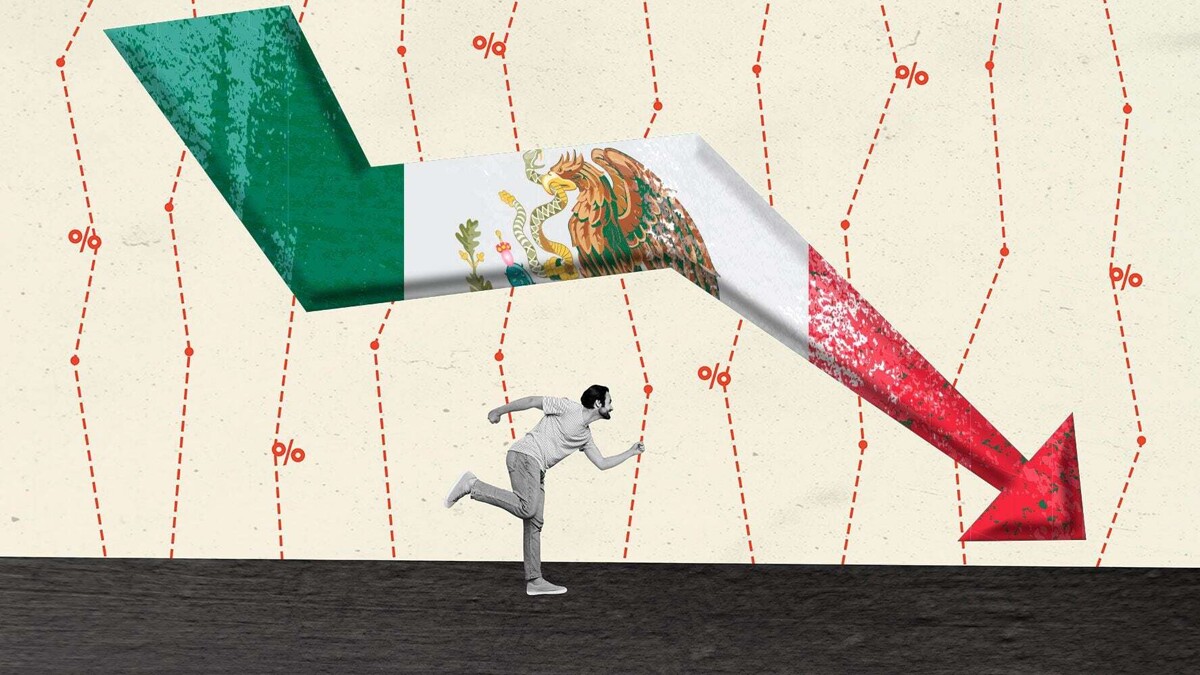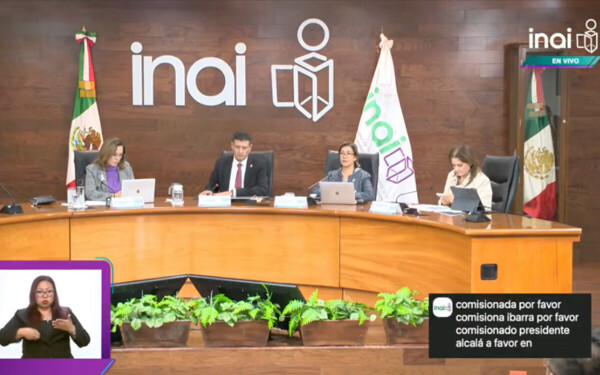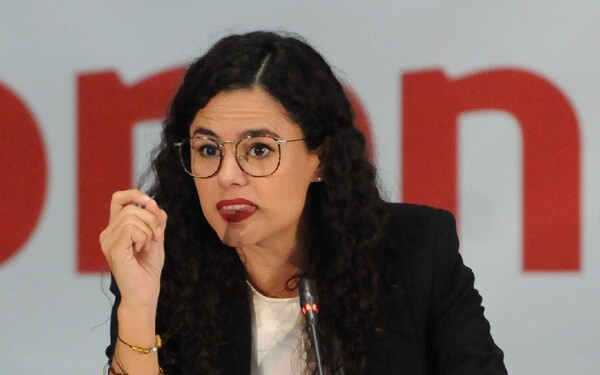
The Mexican economy is currently slowing down, raising questions about whether this slowdown will translate into a reduction in growth rates or if there is a possibility of a decline in the coming months. The duration of this cycle is also uncertain, which adds to the concern.
President Sheinbaum is at a crossroads, as she can choose to heed relevant global data to improve Mexico's economic performance or follow AMLO's stance of considering variables such as GDP or investment as irrelevant. Opting for the latter stance could lead to low growth and trigger a fiscal crisis.
Regarding global economic activity, it is observed that the tertiary sector, primarily composed of trade and services, does not have enough strength to offset the decline in industry. The decrease in manufacturing activity, along with a setback in the construction sector, makes it difficult for the domestic market to counteract the industrial decline.
There is a possibility that the Mexican economy may show a regression in the coming quarters, both compared to previous periods and to the same period last year. Mexico's economic history suggests that the first year of each administration tends to have lower growth, and there are elements of uncertainty that could lead to negative numbers in 2025.
The political scenario, including the upcoming elections in the United States, where Trump has an advantage, adds more uncertainty to the Mexican economy. The volatility of the peso against the dollar is related to the political landscape in the U.S., raising concerns about possible negative consequences for the Mexican economy.
The most recent data from the Timely Economic Activity Indicator (IOAE) for September shows growth of only 0.5% compared to the same month last year and a decline of 0.1% compared to August. These figures add to concerns about the possibility of Trump returning to power in the U.S. and its repercussions on the Mexican economy.














